-

3d Scanning using Deep Learning
Neural Radiance Fields (NeRFs) and 3D Gaussian splatting represent cutting-edge techniques in the field of computer graphics and vision, offering innovative methods for creating highly detailed and photorealistic 3D models from ordinary images. These models can be seamlessly integrated into Augmented Reality (AR) and Virtual Reality (VR) applications, opening up…
-
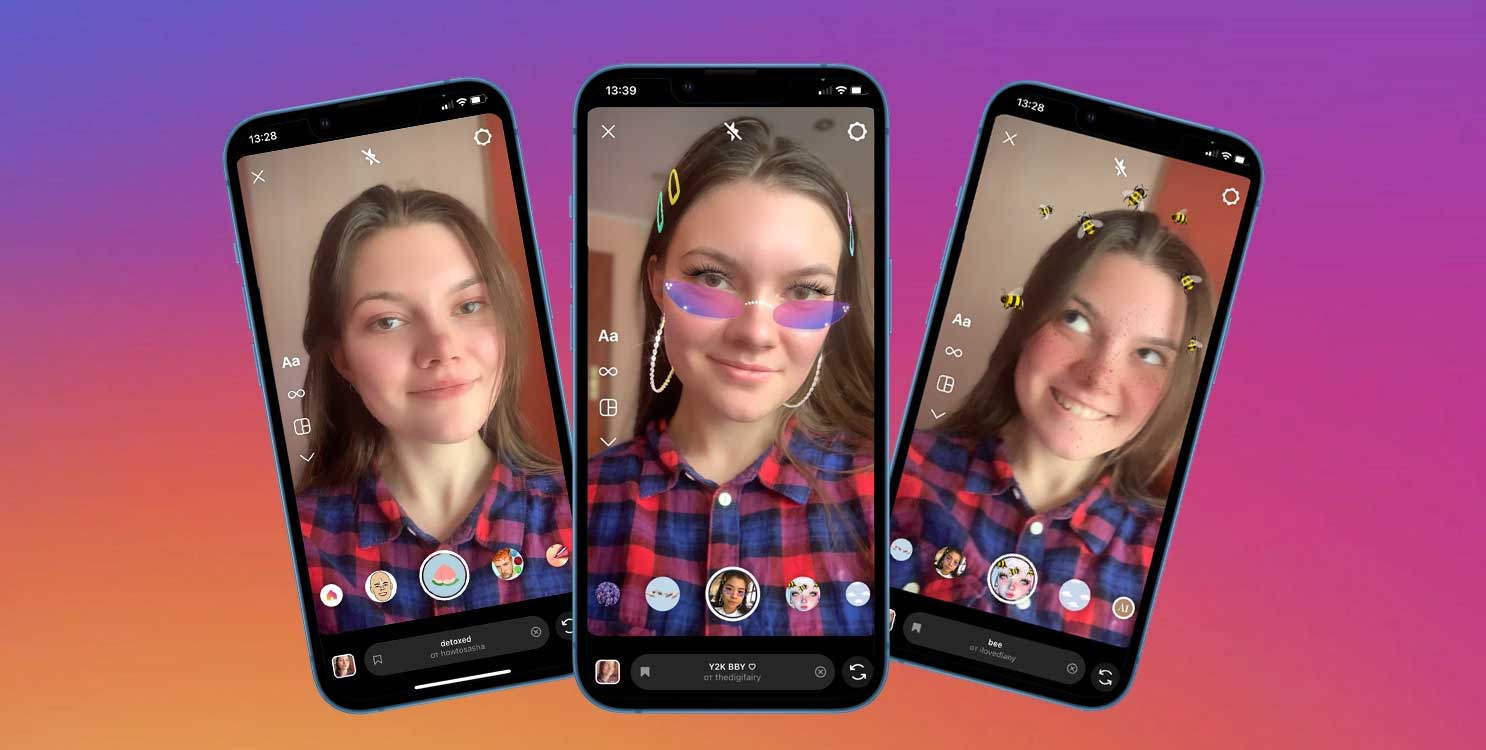
Instagram Filters and Effects
Instagram filters and effects are dynamic tools that allow users to enhance and transform their photos and videos with a wide range of visual enhancements directly within the Instagram app. These features range from simple color adjustments and vintage effects to complex augmented reality (AR) overlays that add digital elements…
-
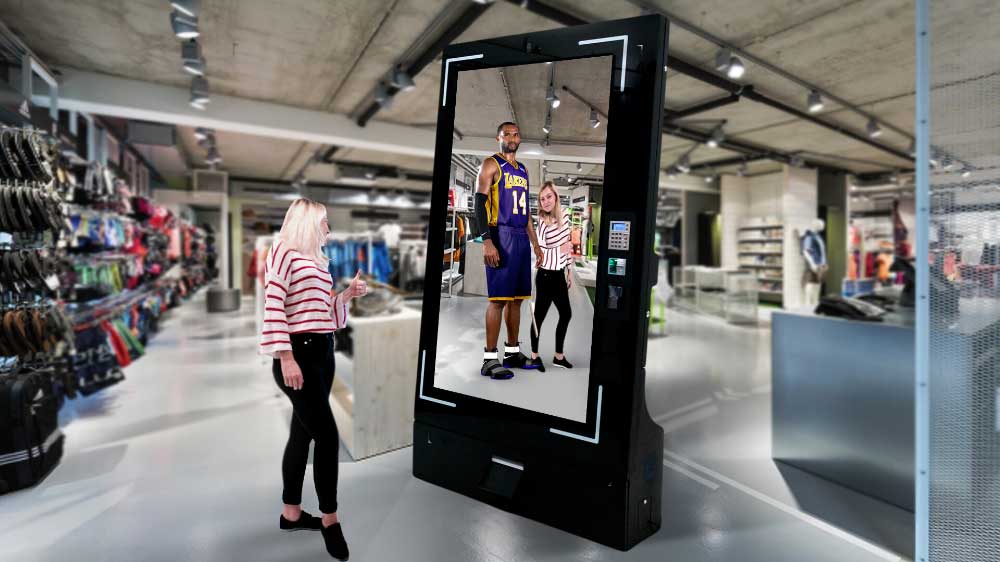
Augmented Reality Installations
Augmented Reality (AR) installations in public spaces are transforming the way people interact with their surroundings by embedding digital enhancements into the real world. These installations use AR technology to overlay visual, auditory, or interactive elements onto physical spaces, viewable through smartphones, tablets, or specialized AR glasses. This blend of…
-
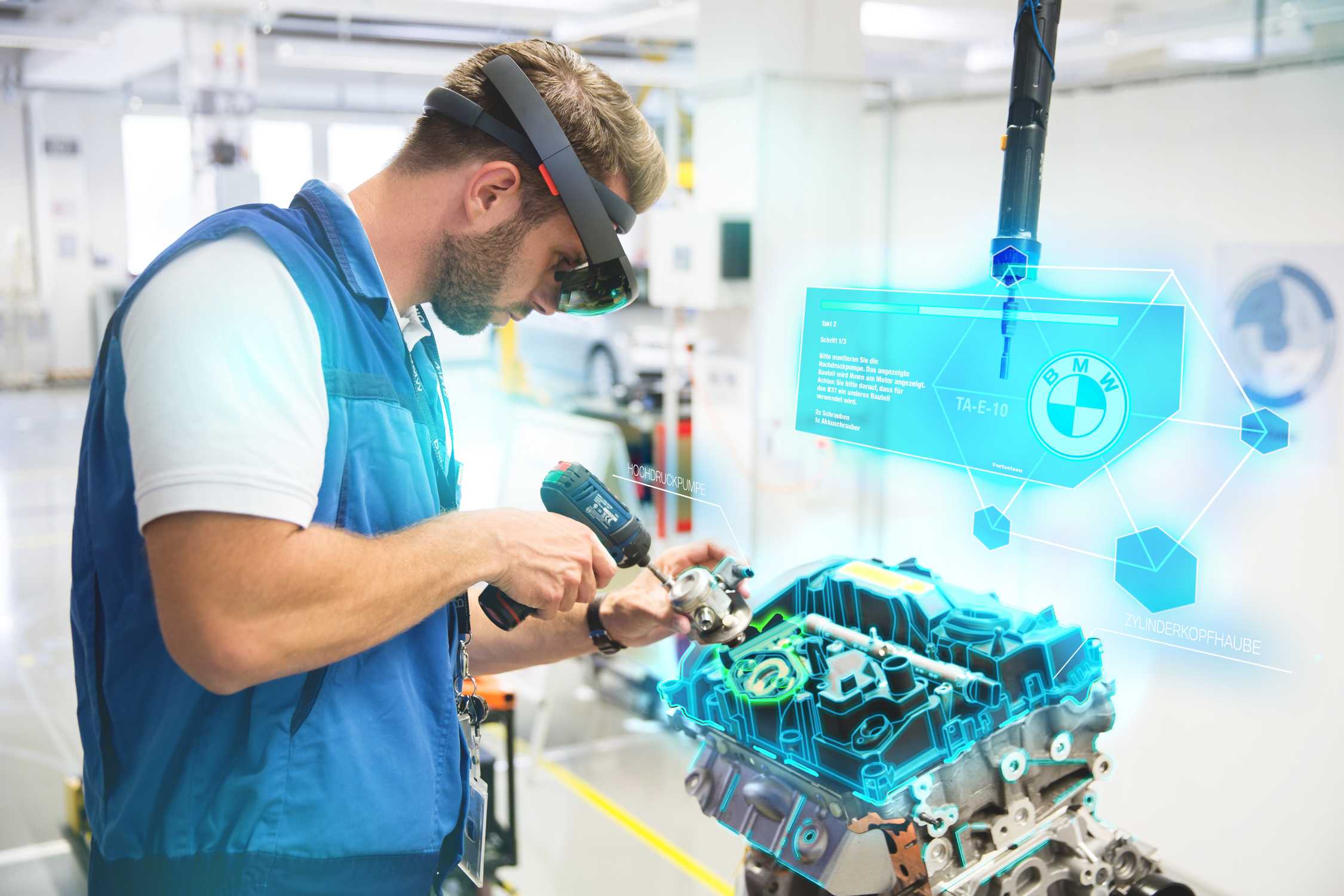
Augmented Reality in Training
Augmented Reality (AR) in training and education provides an innovative and interactive method to learn and practice skills by overlaying digital information onto the real world. Unlike Virtual Reality (VR), which creates a fully immersive virtual environment, AR enhances the physical environment with digital elements such as images, videos, and…
-
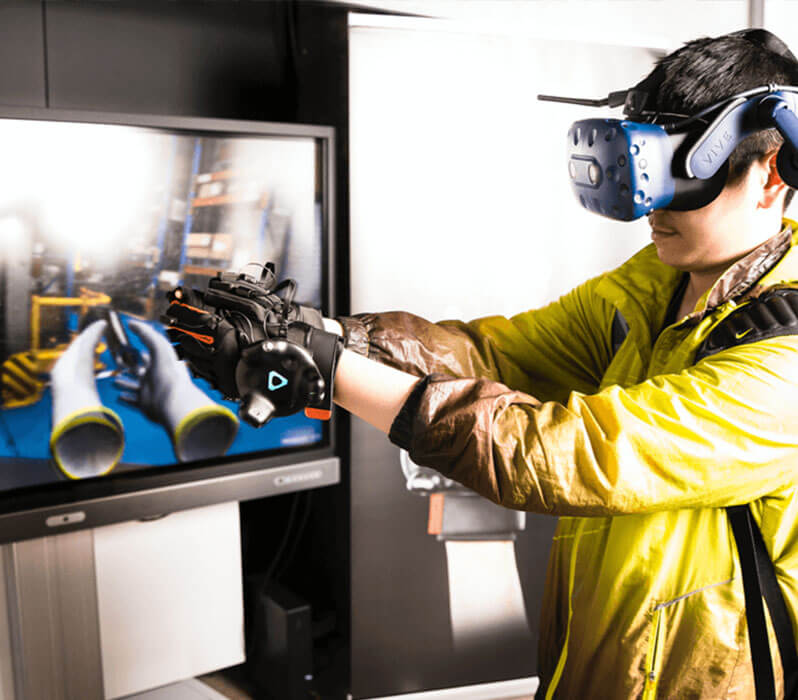
Virtual Reality Simulators
Virtual Reality (VR) simulators are advanced systems that create immersive, interactive environments for users to experience. These simulators leverage VR technology, including head-mounted displays (HMDs), motion tracking devices, and sometimes tactile feedback mechanisms, to simulate a wide range of real-world and imaginary scenarios. By combining visual, auditory, and sometimes haptic…
-
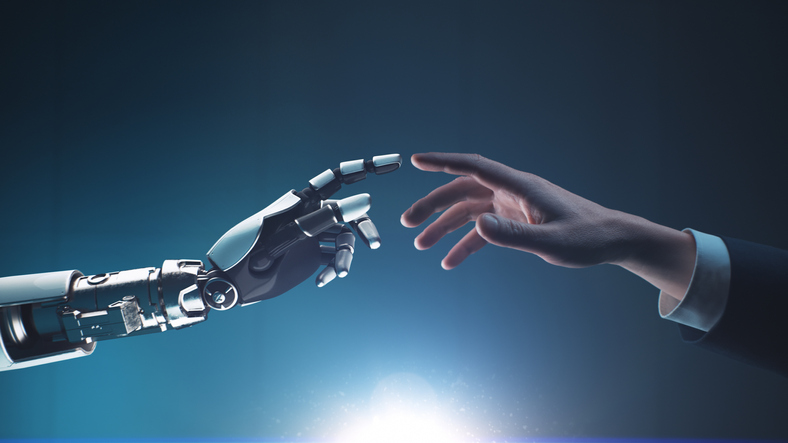
Artificial Intelligence
Artificial Intelligence (AI) refers to the simulation of human intelligence in machines that are programmed to think and learn. It encompasses a broad range of technologies, including machine learning (ML), deep learning, natural language processing (NLP), and more. AI enables machines to perform tasks that typically require human intelligence, such…
-

What is Virtual Reality
Virtual Reality (VR) is a technology that creates a completely immersive digital environment, isolating the user from the physical world and replacing it with a virtual one. This is achieved through the use of VR headsets or goggles, which present high-quality visual and auditory simulations to the user. These devices…
-
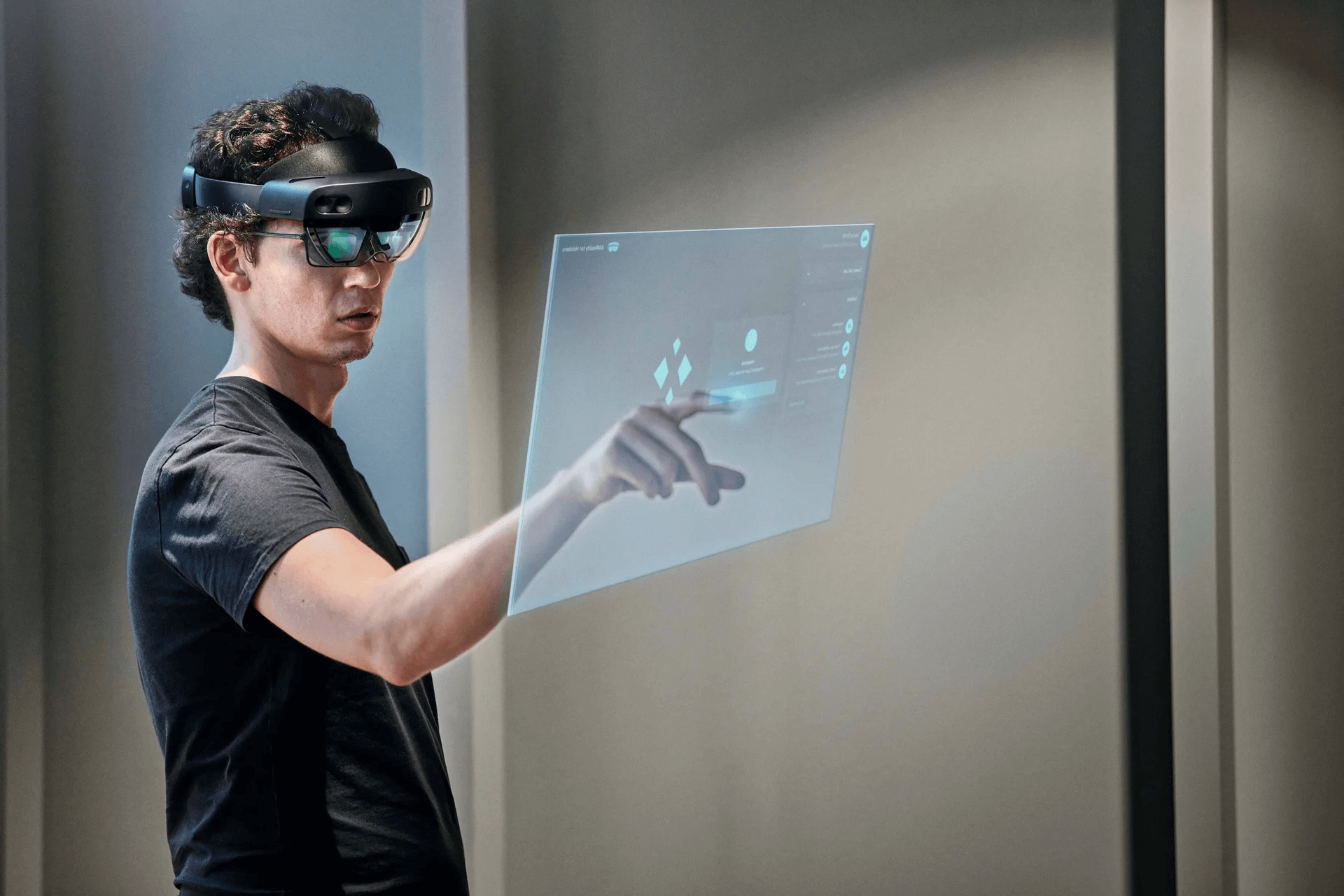
What is Augmented Reality
Augmented Reality (AR) is an interactive experience that blends digital information with the physical environment in real time. Unlike Virtual Reality (VR), which creates a wholly artificial environment, AR overlays digital content (such as images, sounds, and other media) on the real world. This technology uses devices such as smartphones,…